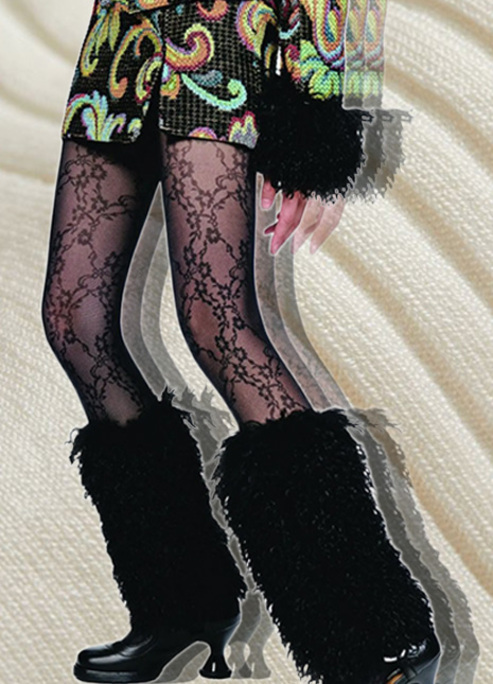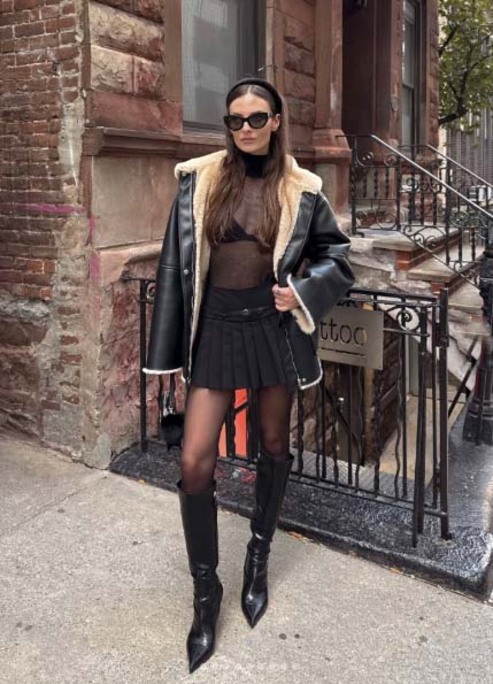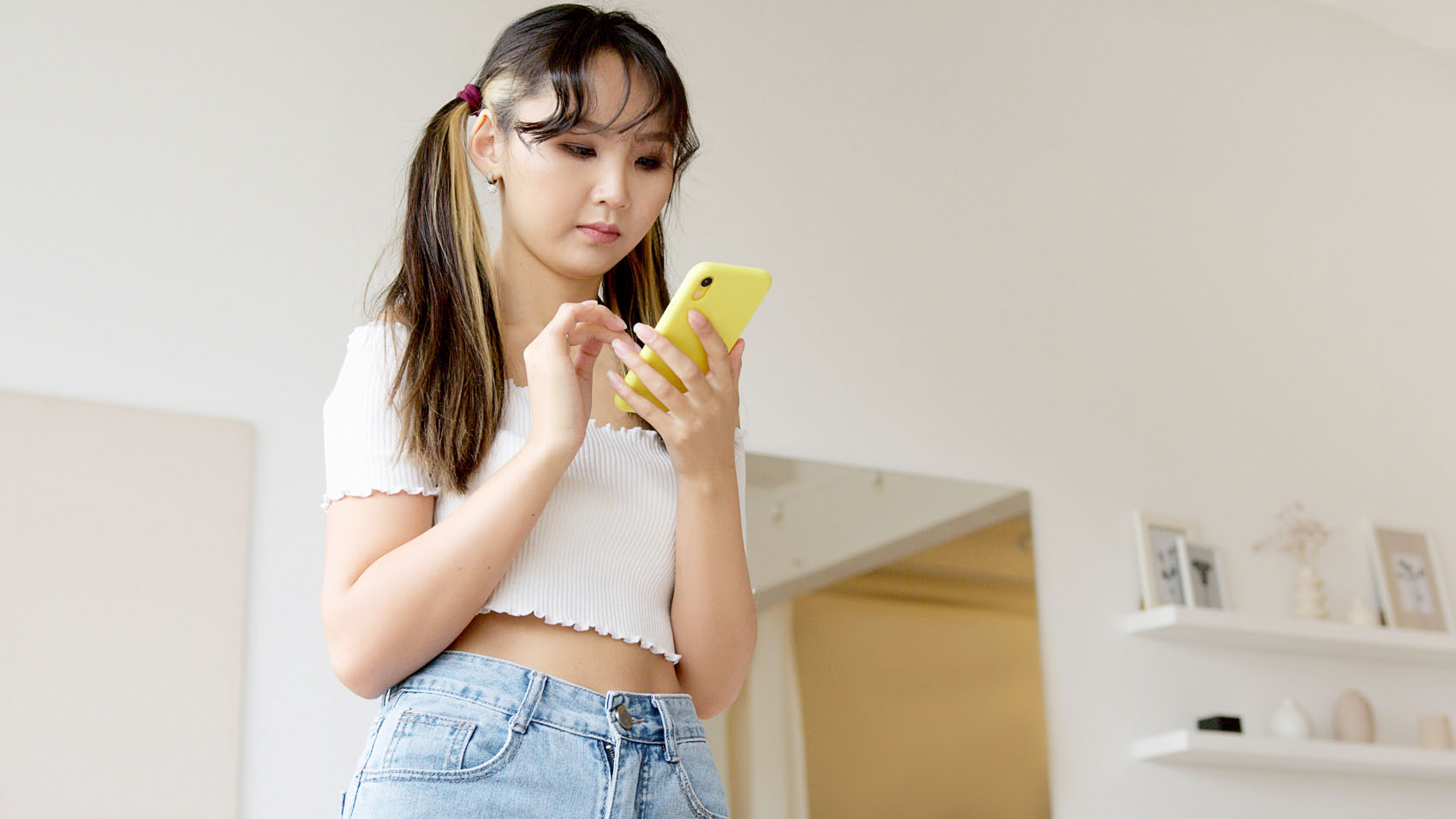
Flyp Review: Marie Kondo On-Demand | Selling App Review
Supporting reselling of worn garments.
We’ve all been there – in a dire need of a closet declutter. Whether your drawers are so full it feels like a workout to attempt to close them or moving into a smaller home with limited closet space, you’re likely thinking about what to do with your clothes. Or perhaps you have some clothes you’re not getting use out off, so you’re hoping to earn some money by selling them.
Aside from the obvious benefit of getting money for clothes you’re not wearing, reselling them (and, from the other side, buying clothes second-hand) also has many environmental benefits. The fashion industry is a dirty business polluting our planet with chemicals, contributing to climate change and adding to the plastic pollution of our ocean. The more we can lower the demand for new clothing to be made by supporting reselling of worn garments, the better!
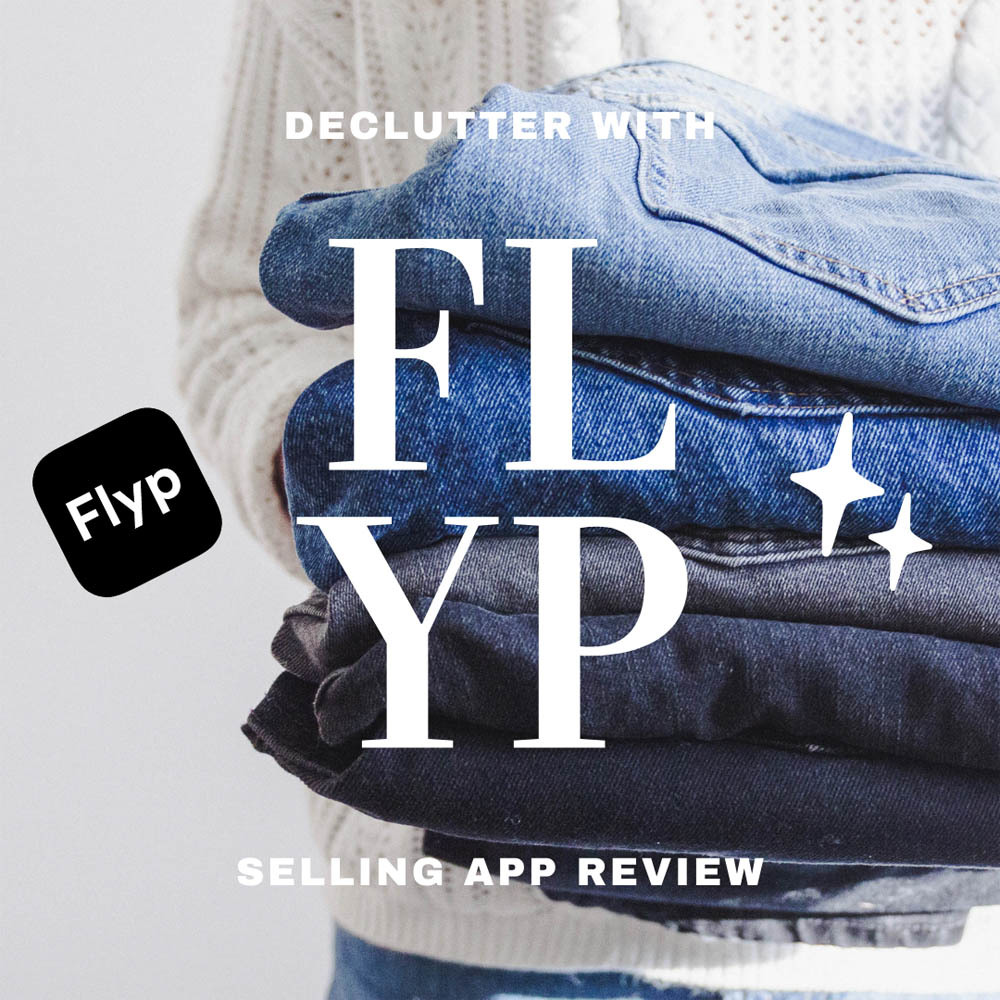
What is Flyp and how is it different?
Many different clothes reselling apps have popped up in recent years, to help those of us struggling with not knowing what to do with our old clothes – or hoping to earn some money from the pieces we no longer wear. Most of these apps work in a similar way: you list your item, take pictures, set a price, wait to hear from a buyer and eventually ship it off to them.
While this gives you full control of the selling process and you’re the one setting most of the terms under which you sell (besides the apps’ user policy), it’s also quite tedious and time-consuming. If you want to make sure you sell all your unwanted clothes and requires some marketing and sales knowledge. If you have a lot of time on your hands and are willing to learn more about photography, marketing and customer service, you may enjoy that option. However, in a world that’s becoming increasingly fast-paced, some of us just don’t have the time to do all that ourselves.
If that sounds familiar, Flyp may be a better option for you – because it takes out the element of having to market your pieces to the app’s users. Instead, it lets you offer your pieces to pro sellers, who are experienced at all of that. These sellers bid on your items and all you need to do is upload a single picture and later ship them to the seller. The pro’s do everything else for you. In this Flyp review, we’ll share some of the main points of the app, as well as our thoughts on what they offer.
What can you sell?
Once you’ve finished your closet declutter, you can sort out the different items which qualify to be sold on Flyp. This is where things get a little more complicated, as not everything you may want to sell will qualify. The clothing needs to be in very good condition and come from a non-smoking home.
Additionally, only some brands are accepted. Generally, higher-end and better-quality brands are preferred - from Free People, through Addidas to Gucci. Most cheaper fast fashion brands, on the other hand, do not – and neither do boutique and non-branded items. You can find a full list of the brands Flyp doesn’t accept on their website.

How does it work?
Once you’ve selected the items from your closet declutter you want to sell, it’s time to download the app (currently only available on iPhone) and upload the items for sellers to bid on into a ‘lot’. You’ll need to take some pictures of the items, but they certainly don’t have to be professional – ones that allow the sellers to see what the item looks like and what condition it’s in are more than enough.
Then it’s time to sit back and wait for the pro sellers to contact you, giving you information on how much you could get paid for these items and what their commission would be. All pro sellers have profiles, so you can see who you’d be working with.
Once you find a pro seller you’d be happy to work with, Flyp provides you with a pre-paid shipping label and you send off the package to the seller. This is all that you need to do – the seller takes over from you at this point. They take professional pictures of the items, set them up for sale, deal with the buyers and handle the shipping. Once they’ve sold the item, you get paid your share.
The money side of things
How does the financial side work? Every seller charges a different selling fee – however, this is always expressed in percentages, rather than a fixed commission. The seller’s commission usually falls between 50% and 30% - but this can vary. All costs incurred to the pro seller, such as shipping or any fees charged by the marketplaces they use, are included in their commission, so you don’t need to worry about any additional costs.
Once the items are sold, Flyp pays you your share via PayPal, Venmo, Cash App or Apple Pay. How quickly you get paid after you ship the items depends on different factors, such as shipping times or how long it takes for the pro seller to find a buyer for the item. According to Flyp, most of your items should be sold in 3 months from when you first upload your lot.
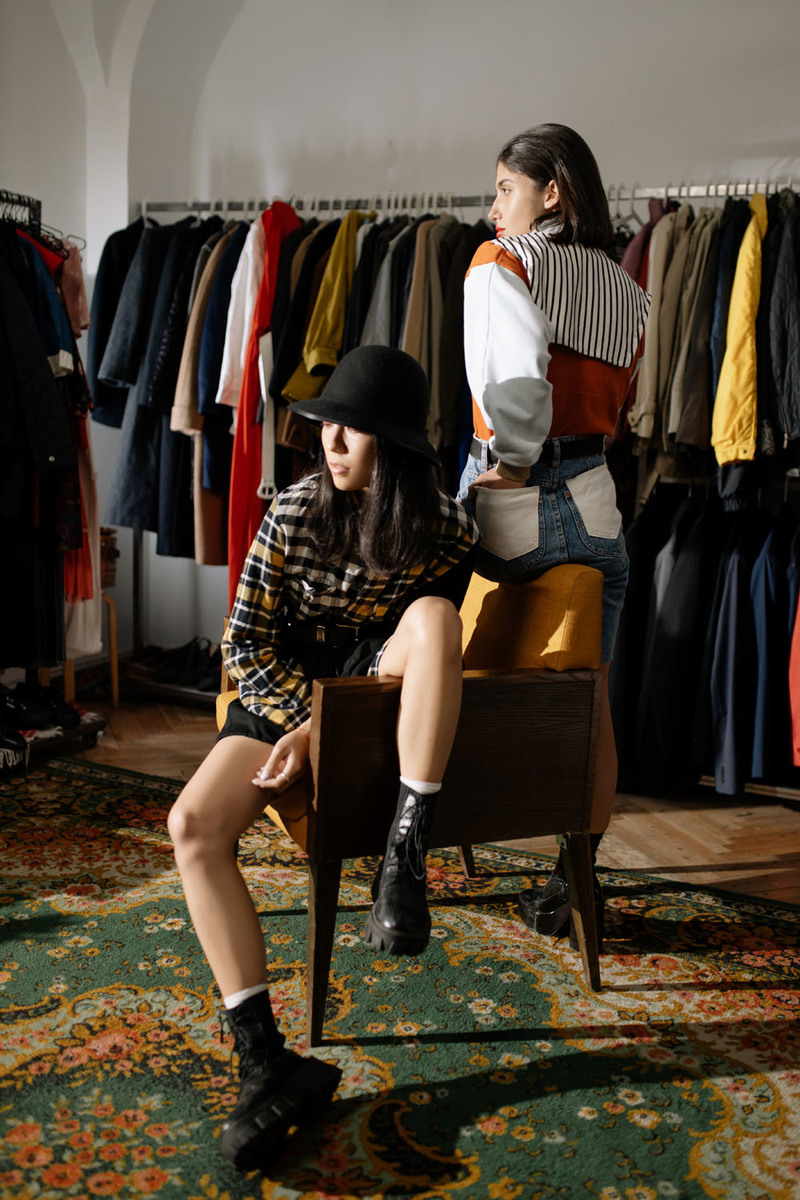
Flyp’s protection policy
While most items will be sold within that window, Flyp has a policy in place for the cases when your items aren’t sold in 90 days. If this happens, there are a few options of what the pro seller can do. They could donate them, send them back to you, buy them from you or decrease the price of the items.
If for some reason, the pro seller can’t resolve the situation, Flyp also has customer support in place for any such cases.
Final thoughts
Flyp is a great way to sell some old clothes you’re not wearing if they’re in a good condition and you don’t have the time to handle the selling yourself. Pro sellers are experienced at exactly that, and this way you can make use of their skills while both of you profit from the deal. However, it can take a few weeks for you to receive the money, so it may not be the best option for those who are in a rush to be paid.



